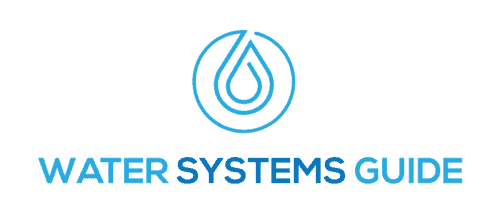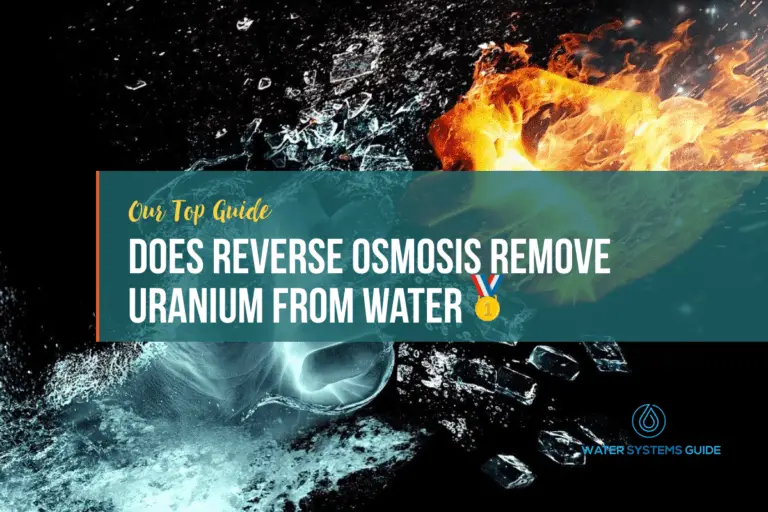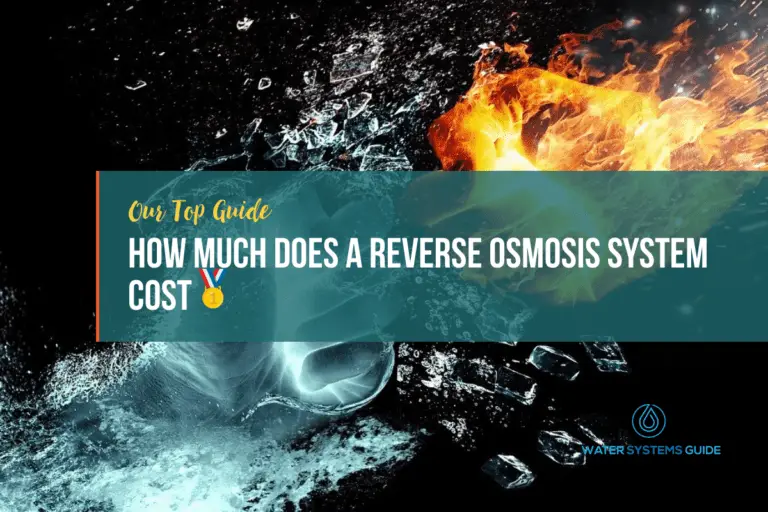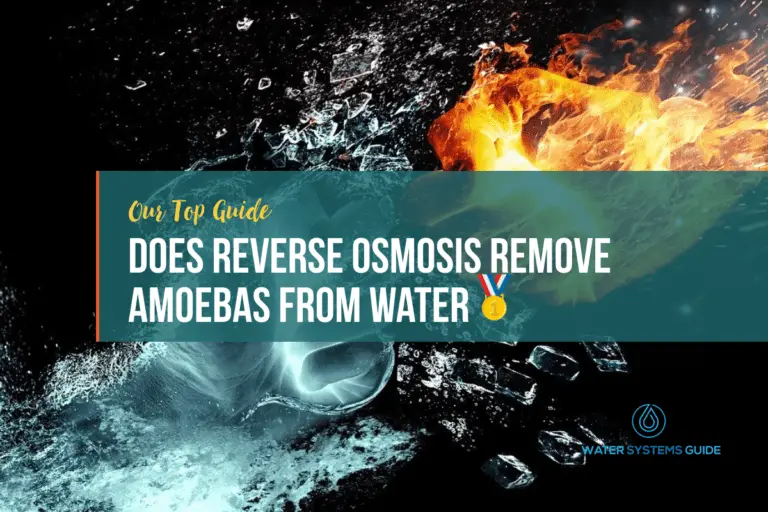Does Reverse Osmosis Remove Coliform Bacteria?
If you are concerned about coliform in your home water supply, you may be wondering if reverse osmosis can remove it.
Reverse osmosis is a process that uses a semipermeable membrane to remove contaminants from water. While reverse osmosis is effective at removing many contaminants, let’s see how effective it is at removing coliform bacteria.
What Is Coliform Bacteria?
Coliform bacteria are a group of bacteria that are commonly found in the environment, including in soil, water, and on plant surfaces. While most coliform bacteria are harmless, some can cause disease in humans and animals. Coliform bacteria can be used as an indicator of water quality, as their presence may indicate contamination with fecal matter.
Why Remove Coliform from Drinking Water?
Whilst most types of coliform bacteria are not harmful, some can cause serious illness. Therefore, it is important to remove coliform bacteria from drinking water to ensure that it is safe to consume.
There are a number of methods that can be used to remove coliform bacteria from water, to make it safe to drink.
Where does Coliform Bacteria Originate?
Coliform bacteria are a type of bacteria that is found in the environment, including in soil, water, and on plant surfaces. These bacteria can also be found in the intestine of animals and humans.
What’s the Risk of Coliform Bacteria to human health?
The risk of coliform bacteria to human health is relatively low. However, these bacteria can cause serious illness in young children, the elderly, and people with weakened immune systems. Symptoms of illness include diarrhea, vomiting, and fever.
How Do I Know If My Water Is Contaminated with Coliform?
If you’re concerned that your water may be contaminated with coliform, there are a few things you can do to check.
First, you can contact your local water utility company and ask if they test for coliform. If they do test for coliform, they will be able to tell you whether or not your water is safe to drink.
You can also purchase a home testing kit from a hardware or home improvement store. These kits will allow you to test your water yourself and will give you an indication of whether or not there is coliform present.
Does Reverse Osmosis Remove Coliform Bacteria?
Reverse osmosis is a filtration process that removes contaminants from water by using pressure to force water molecules through a semi-permeable membrane. This process can remove coliform bacteria, which are a type of harmful bacterium that can cause diarrhea, vomiting, and other gastrointestinal illnesses.
Other Bacteria that Reverse Osmosis Removes
Reverse osmosis is a powerful filtration process that can remove a wide variety of different types of bacteria from water. Some of the other bacteria that reverse osmosis removes include E. coli, Giardia, and Cryptosporidium. While these are all different types of bacteria, they all have one thing in common: they can cause serious illness if ingested. That’s why it’s so important to make sure that your drinking water is free of these harmful contaminants.
Conclusion
In conclusion, RO filters do help filter out Coliform bacteria and a whole host of other bacterias, viruses, minerals and harmful contaminants such as chlorine, making it great to be installed in your home, to keep your water supply clean.







